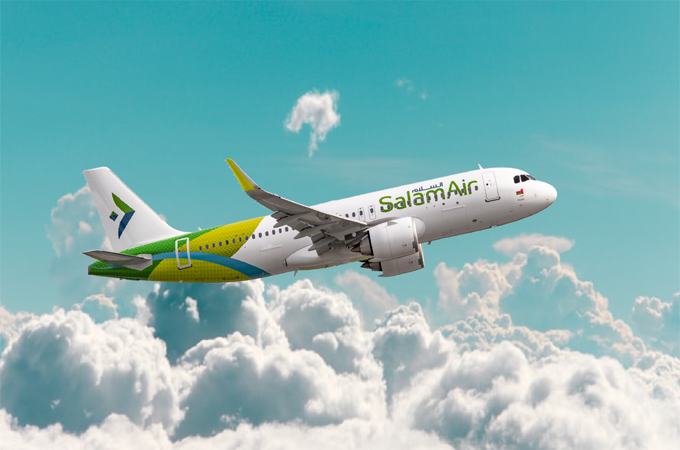
The figure marks a notable dip from the 88 % OTP reported for the second quarter, when the airline flew 5,144 flights and carried 712,610 passengers. The drop follows an earlier first-quarter OTP of 78 %.
SalamAir has attributed the decline to a convergence of operational pressures and external factors. Among the variables cited are adverse weather conditions, air traffic control restrictions, and ripple effects from wider regional disruptions. The airline has emphasised that it is taking steps to mitigate delays, including bolstering crew scheduling flexibility and revising buffer times in its flight plans.
Industry analysts note that this performance falls short of leading global low-cost benchmarks, where quarterly OTPs above 85–90 % are increasingly treated as baseline expectations. Yet they also acknowledge the structural constraints that airlines in the Gulf face—namely weather volatility, saturated airspace, and dependencies on upstream schedules.
SalamAir has, in its reports, committed to being transparent in its published performance metrics, having begun quarterly OTP disclosures in 2024. The carrier maintains that such transparency helps passengers make informed decisions and holds its operations accountable.
Comparatively, in earlier quarters SalamAir showed strong improvements: its 12 % OTP gain in Q2 demonstrated rapid recovery momentum. That said, sustaining that momentum into Q3 has proven challenging.
To counter the downward trend, the airline is reportedly intensifying investments in predictive analytics, aiming to foresee delay drivers more effectively. It is also exploring collaborations with airports and regulators to smooth slot allocations and reduce ground handling bottlenecks.
Topics
Live News
